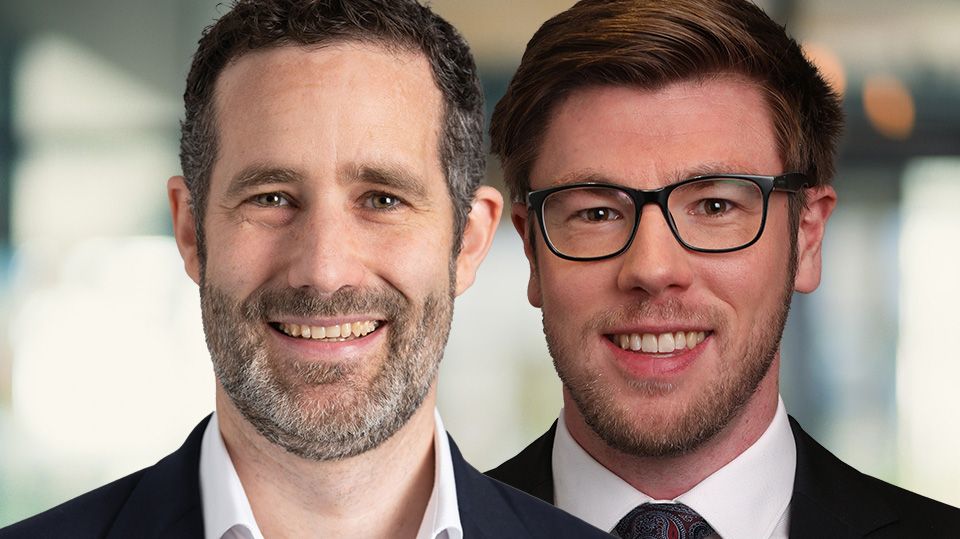We are at a turning point when it comes to reaching net zero. With every IPCC report, the importance of acting on climate change becomes clearer. Every delay brings major consequences.
To give one of countless examples that illustrate this, if we limit warming to 1.5° C above pre-industrial levels, as laid out in the Paris Climate Agreement, 30% of the world’s corals will be left; if warming reaches 2° C, no corals will be left.
To avoid this scenario, we urgently need to remove carbon from the atmosphere and drastically reduce emissions. The path to net zero is not a simple one and, as COP27 has shown, there are also complex geopolitical dynamics at play. Reaching net zero calls for global action and businesses have a crucial role to play as part of this coordinated effort.
Converting intention into action
There is no doubt that businesses understand the importance of climate action and sustainability. Following COP26 last year, we saw hundreds of companies make net-zero pledges. Very often these pledges involved achieving net zero by 2030 in terms of Scope 1 emissions, and net zero Scope 3 emissions by 2050. While some have dismissed these pledges as insincere reputational management, there seems to be a genuine desire for transformation among stakeholders. According to research by Gartner, 85% of investors considered ESG factors in their investments in 2020, and 91% of banks monitor ESG performance of investments.
Business leaders have strong incentives, clear goals, and a willingness to enact change. Yet, there is a marked disconnect between intentions and actions. While 90% of executives think sustainability is important, only 60% of companies have a sustainability strategy. Over the course of 27 COPs, a formal agreement has never been made to reduce global fossil fuel use. Businesses have sustainability policies, but these policies don’t endorse company-wide behavioural changes that would have a real impact.
Bridging the gap
Resolving this disconnect starts with a shift in perspective. Targets are crucial but they can only take us so far. The solution to the climate problem for businesses is simple: cut carbon emissions. We need to identify what’s getting in the way of this and implement strategies to overcome these obstacles.
The last couple of years have not been straightforward. Sustainable transformation journeys have been challenged by Covid and the energy crisis, major disruptions which have hindered the pace of change. Beyond the socioeconomic backdrop, I see three further obstacles that are holding businesses back from properly engaging with sustainability practices.
Decarbonising supply chains, harnessing technology, and securing corporate buy-in
First, while addressing direct emissions is simple to do through carbon offsetting, influencing your whole supply chain to reach net zero presents a much greater challenge. Large businesses can have as many as 10,000 companies in their supply chain. There is also concern about offsetting practices and whether they are trustworthy. Due to variation in quality, we are seeing organisations paying vastly different prices per ton of carbon, so it can be difficult for organisations to know where to start with carbon offsetting.
Second, technology is of considerable importance in the road to net zero, but many companies need help understanding what types of technology to deploy in the short, medium, and long term to yield the desired results. With respect to sustainable transformation, this is the most significant problem organisations are facing today.
Finally, having said this, the problem is not purely a technological one. It is also one of management. We need a shift in corporate mindset to bring about the culture for change needed to decarbonise a business. Many companies are doing this by developing large-scale training with a focus on ESG goals. This is a useful approach, as it fosters literacy around decarbonisation and accountability for change at all levels of the organisation. For real transformation to be possible, everyone needs to be on board.
Thinking outside the box
One company leading the way is Enel Group. The Italian utility group made a commitment several years ago to decarbonise the business and move towards renewable energy, issuing an Sustainable Development Goal-bond linked to its sustainability strategy. The bond is the first of its kind in the world and has proven highly effective, demonstrating how creating financial incentives can serve as a catalyst for corporate action.
As sustainability increasingly takes centre stage, organisations will need to develop ambitious and meaningful strategies to remain competitive. Performing well in these areas will have a huge impact on financial performance, risk management, and securing investment in the years to come. Developing a strong sense of shared purpose and implementing the right technology are the first steps to achieve this.









